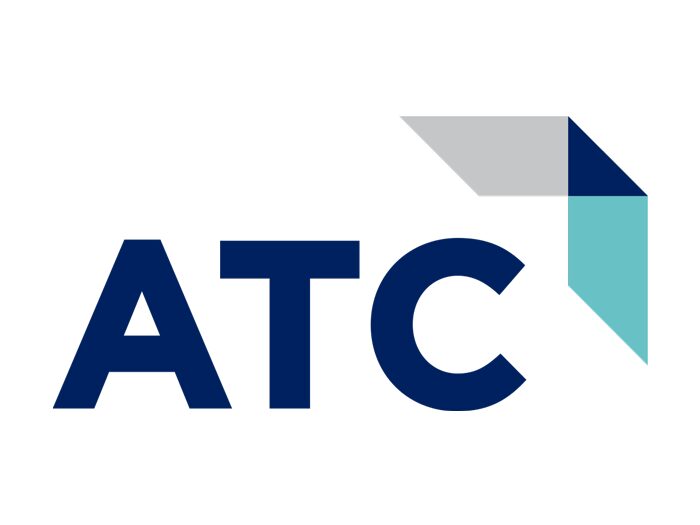
A great majority of mid-sized organizations today are dynamic and complex and as such, IT leaders are faced with dynamic, complex challenges. Legacy networks can’t keep up with today’s intensive workloads and remote workforce. You must balance innovation and speed with flexibility, agility and security. And you want to create IT environments that can adapt to edgier workloads, interdependent applications and more data at the edge to better connect customers, partners and employees. An application-focused cloud ecosystem eliminates barriers and reduces the distance data needs to travel to the end-user. Is a hybrid cloud strategy best for your organization?
Due to its scalable nature, cloud solutions provide the flexibility required to optimize your workloads through public, private, hybrid and multi-cloud options. When settling on a cloud solution, many businesses opt for hybrid cloud computing to afford their organization with the best of both worlds; public and private cloud. Before implementing hybrid cloud computing, enterprises must first develop a hybrid cloud strategy; assessing existing applications (both legacy and modern) to determine whether each might be a candidate for operating in a public cloud environment. Considerations should include security, regulatory, compliance and data governance demands, cost of virtual machine (VM) subscriptions versus the costs of on-premises infrastructure, and technology advantages of candidate cloud providers (including ease of integration between hosted and on-prem applications and data).
Enterprises that adopt standard architecture encompassing public and private clouds will find the migration to a hybrid cloud environment greatly simplified. But first, let’s look into the hybrid cloud structure in greater detail.
What Is Hybrid Cloud Strategy?
According to NIST, hybrid cloud infrastructure is defined as a composition of two or more distinct cloud infrastructures (private, community or public) that remain unique entities, but are bound together by standardized or proprietary technology that enables data and application portability. In other words, a combination of clouds on which you can run your applications and data. So a hybrid cloud strategy details the decisions you make regarding where to host it. And for organizations undergoing a digital transformation, a hybrid cloud strategy is essential.
3 Steps to Developing a Hybrid Cloud Strategy
A global CISCO report indicates that 82 percent of businesses have adopted hybrid cloud. Hybrid cloud models that incorporate both on-premises infrastructure and cloud-based resources have become the norm for mid-market and enterprise-level businesses. And it all began with a strategy.
Let’s look into a few steps mid-market organizations should take to develop a hybrid cloud strategy:
1. Audit Your Applications
There are numerous step-by-step models for developing a hybrid cloud strategy and many cloud technology vendors or IT consultants offer their own variation. Regardless of the model you choose to work with and whatever your objectives, it makes sense to start with an audit of all the applications your organization relies on currently, taking each one in turn.
2. Envision Your Digital Transformation
At this stage, you are applying your focus on building next-gen infrastructures and communication highways that connect people, processes and systems rather than focusing on your present applications. This stage of the process concerns the objectives of your organization (even if you do not currently have the software required to achieve them). This process will therefore involve consulting your organization’s overall business strategy and technology strategy. Gaining input from senior management as part of this process is essential.
3. Consider Your Regulatory Environment
Once you have a clear vision of your organization’s future, the third stage is to consider the regulatory environment in which you operate with specific regard to hosting applications in the cloud. Ultimately, this is about identifying which applications and data can be operated on public cloud infrastructure, versus those that need to be held on private (or potentially on-premise) cloud infrastructure. Plans for your digital IT roadmapping strategy should be reviewed in light of regulations such as HIPAA, PCI and GDPR, as well as any regulations specific to your industry.
It’s important to review your strategy from all sides to avoid complications down the road. Common challenges encountered when developing a hybrid cloud strategy include the management of multiple cloud providers, the cost of doing so and additional issues concerning scalability. Be sure to incorporate methods to combat these challenges when developing your plan.
5 Benefits to Adopting Hybrid Cloud
Forbes reports that hybrid cloud is one of the top five biggest cloud computing trends in 2022, allowing businesses to adopt a best-of-both-worlds approach due to the following five benefits:
1. Flexibility
Businesses work with various types of data in disparate environments and constantly adjust their IT infrastructure. A hybrid cloud setup uses traditional systems as well as the latest cloud technology, enabling organizations to migrate workloads to and from their traditional infrastructure and a public cloud service whenever necessary.
2. Cost effectiveness
With a private cloud, organizations own and operate the data center infrastructure, which requires significant capital expense and fixed costs. Alternatively, public cloud resources and services are accounted for as variable and operational expenses. Hybrid cloud users can choose to run workloads in whichever environment is more cost-effective.
3. Scalability
Hybrid cloud offers more resource options via a public cloud provider over an organization’s physical data center, making it easier to provision, deploy and scale resources to meet increases in demand. When demand exceeds capacity of the local data center, businesses are able to push (or burst) the application to the public cloud to access extra scale and capacity.
4. Resiliency and interoperability
A business can run workloads redundantly in both private and public environments. Components of one workload can also run in both environments, creating interoperability.
5. Regulation and compliance
Organizations in highly regulated industries must follow restrictions on where data can reside, often resulting in the inability to move certain workloads to the public cloud. With hybrid cloud, organizations can keep data in a private environment while operating workloads in the cloud, or they can operate workloads in a private data center and move data to and from the public cloud as needed. This allows companies to meet regulatory requirements and still benefit from the cloud’s elasticity.
Optimize Your Workloads With ATC
ATC works with the leading cloud service providers to get applications up and running faster, with improved manageability and less maintenance, enabling IT to be more agile and scalable. Due to its elastic nature, the cloud provides the flexibility required to optimize workloads through public, private, hybrid and multi-cloud options.There are many types of cloud solutions. Call ATC and we’ll help you decide if a hybrid cloud strategy is right for your mid-sized business. Make your migration faster with the best possible results today.










